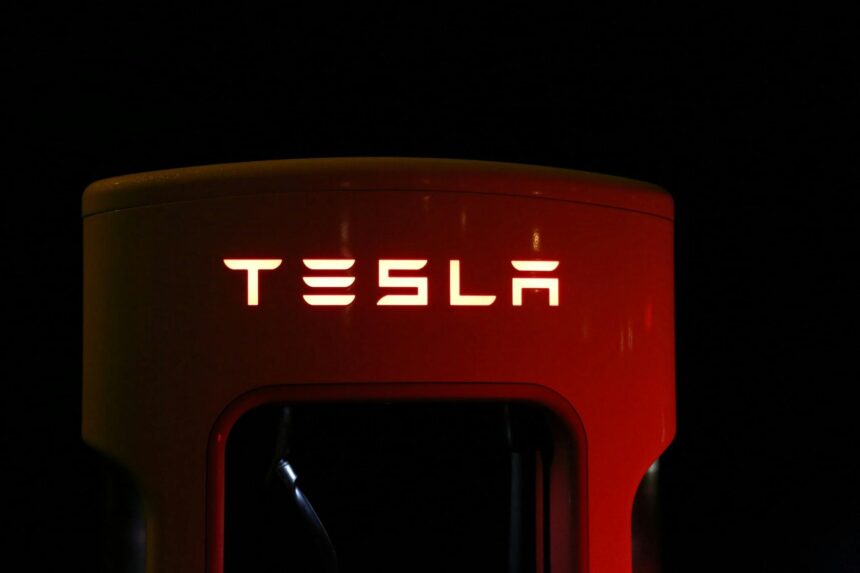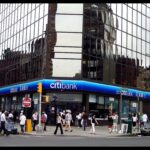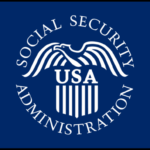Tesla has submitted an application for a permit typically associated with chauffeur-driven services, as reported by California regulators. This marks the initial step in a series of regulatory approvals necessary for the electric vehicle manufacturer to eventually introduce its anticipated robotaxi service.
Currently, the automaker possesses authorization to test autonomous vehicles with a safety driver in California; however, it lacks a permit for driverless testing or operations from the state’s Department of Motor Vehicles, which is essential for applying for a driverless taxi service in the state.
Over the past year, Musk has shifted focus towards robotaxis in response to declining demand for its older electric vehicle models—a high-risk strategy that has boosted the company’s stock but may encounter regulatory challenges. Investors are hopeful that Musk’s close relationship with US President Donald Trump will facilitate this process.
In November, Tesla applied for a transportation charter-party carrier permit from the California Public Utilities Commission (CPUC), as stated by an agency spokesperson. This classification indicates that Tesla would own and manage a fleet of vehicles, distinct from the CPUC’s autonomous vehicle permits.
Tesla did not provide a response to Reuters’ inquiries. The CPUC informed Reuters that obtaining the transportation charter-party carrier permit is a prerequisite for receiving authorization to operate an autonomous ride-hailing service; however, the current application would not permit Tesla to offer any autonomous vehicle rides to the public “in any capacity.” Tesla would still need to apply for and secure a permit to operate an autonomous passenger service, according to the CPUC.
According to California’s regulations, Tesla is permitted to apply for an autonomous ride-hailing service only if a safety driver is present in the vehicle. Consequently, the company would not be allowed to charge passengers for this service.
To operate the service without safety drivers or to implement a fare system, it would require additional permits from the California Department of Motor Vehicles (DMV) and the California Public Utilities Commission (CPUC).
During an earnings call in October, Musk mentioned that Tesla was providing an app-based ride-hailing service, which includes a safety driver, to its employees in the San Francisco Bay Area.He further stated that Tesla plans to introduce driverless ride-hailing services to the public in California and Texas within this year, although he did not provide specific details.
Earlier in October, Tesla unveiled the Cybercab, a robotaxi concept designed without a steering wheel or control pedals.
In January, Musk announced that Tesla would commence “autonomous ride-hailing for money” in Austin by June and indicated that an “unsupervised” version of its Full Self-Driving (FSD) driver-assistance system would be released in California this year, again without further elaboration.
Musk has indicated that the Cybercab is expected to enter production in 2026 and will be available for purchase at a price below $30,000. However, industry experts have cautioned that the complexities and costs associated with autonomous technology may delay Tesla’s ability to commercialize a robotaxi for several years.






